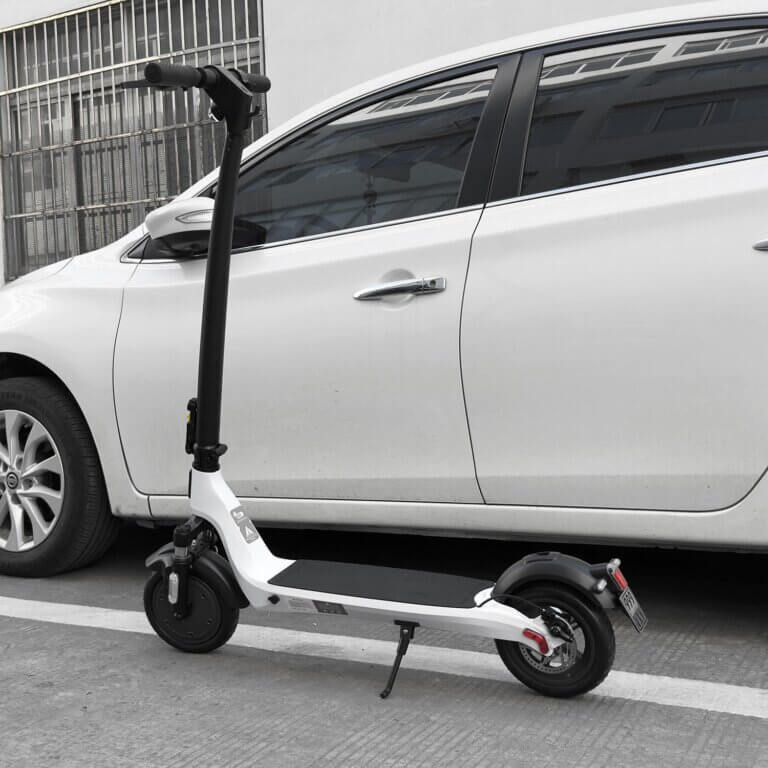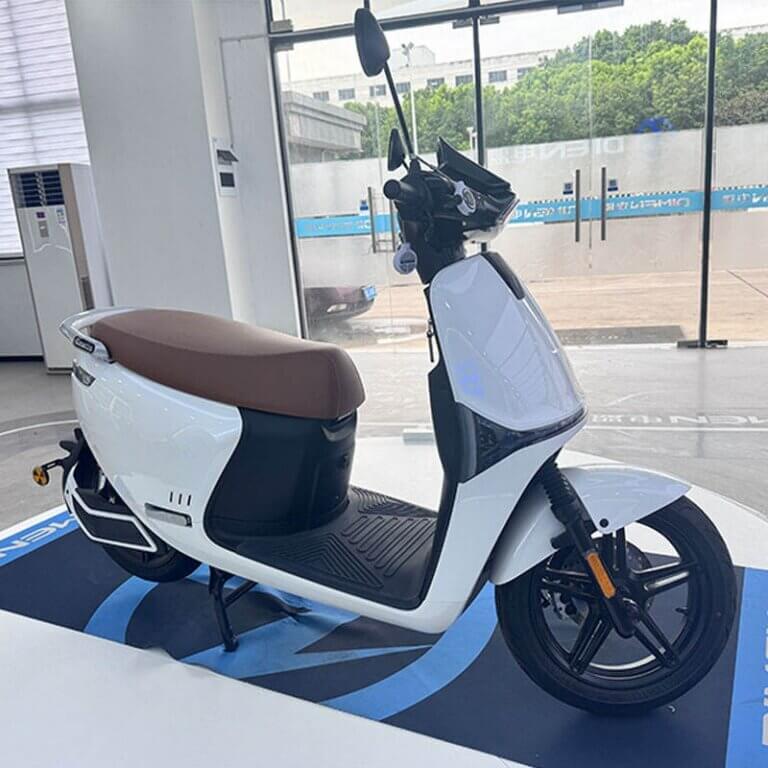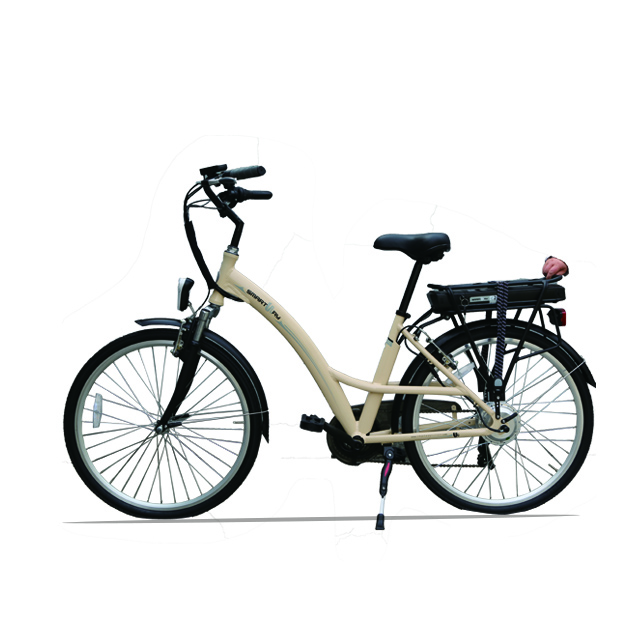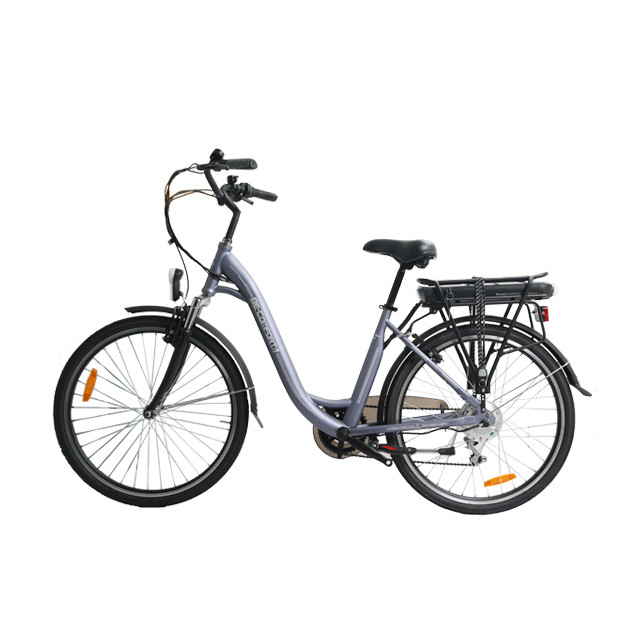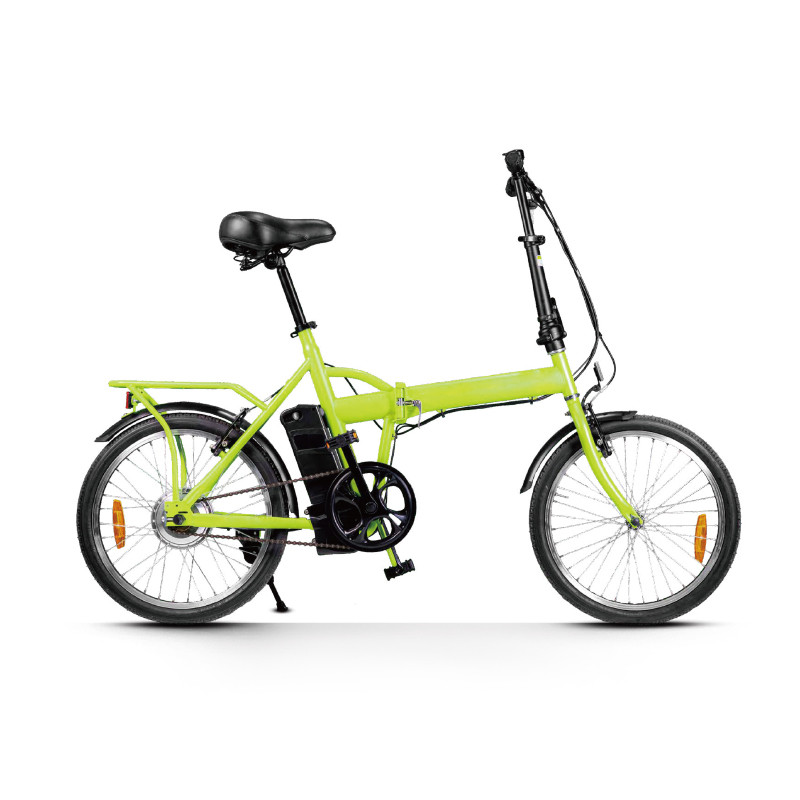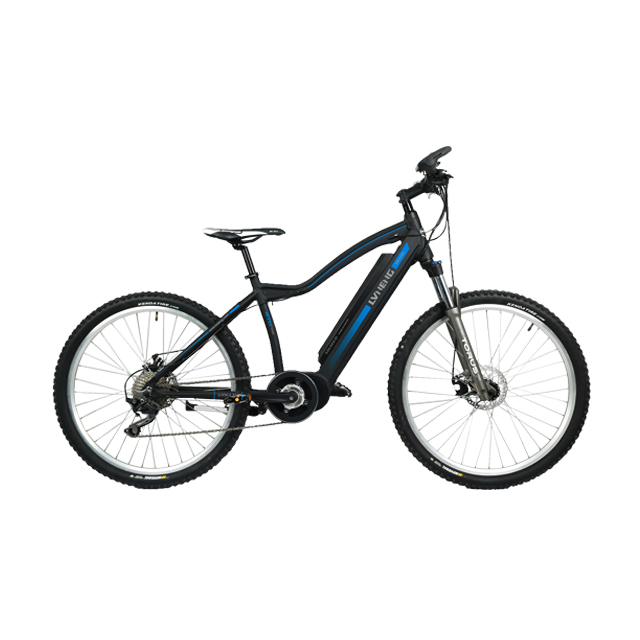-
414 Block B, ZT Times Plaza, Wuhan, Hubei, China
Blog
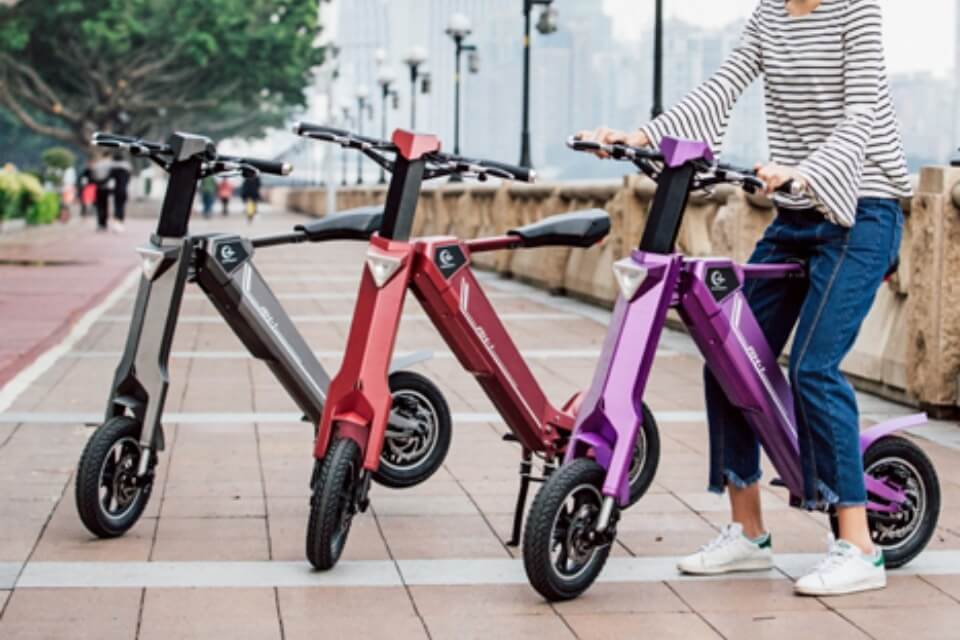
High-End e-Scooters: Worth The Investment?
Summary
High-end e-scooters are premium electric scooters that offer advanced features, superior performance, and enhanced safety compared to their budget counterparts. As urban mobility continues to evolve, these scooters have gained popularity among commuters and casual riders seeking efficient, eco-friendly transportation options. Their notable characteristics include improved ride quality, customizable performance settings, and integrated smart technology, which collectively enhance the overall riding experience and convenience for users.
Despite their appeal, the high upfront costs of these scooters—often ranging from $600 to over $3,000—spark ongoing debates about their value as an investment. Proponents argue that the long-term savings on maintenance and the durability of high-end models make them worthwhile, while critics point to the rapid depreciation and potential maintenance expenses as factors that could deter potential buyers. Additionally, the market’s saturation with diverse models complicates the decision-making process for consumers, leading to concerns about choosing genuinely high-quality products amid a sea of options.
The safety features found in high-end e-scooters, including advanced braking systems and collision avoidance technology, are significant selling points, addressing common concerns about rider safety in urban environments. However, as the popularity of e-scooters grows, so too do discussions regarding their environmental impact, regulatory challenges, and the need for responsible riding practices to ensure safety for all road users. Ultimately, the decision to invest in a high-end e-scooter hinges on weighing the benefits of performance and comfort against the financial and regulatory considerations unique to each user’s circumstances.
Features of High-End E-Scooters
High-end e-scooters are characterized by a range of innovative features that significantly enhance the riding experience, making them appealing to both casual riders and commuting enthusiasts.
Advanced Ride Quality
One of the primary distinguishing features of high-end e-scooters is their superior ride quality. Many models incorporate advanced suspension systems and pneumatic tires, which help absorb bumps and vibrations during rides, ensuring a smoother experience compared to budget models that may lack these features. Additionally, some premium e-scooters come equipped with comfortable seating options, further enhancing rider comfort over longer distances.
Performance Enhancements
Performance is a critical factor for high-end e-scooters, with many models offering improved acceleration and responsiveness. These scooters are typically powered by larger motors, enabling faster speeds and better performance on inclines. Features such as dual motor setups provide enhanced torque and power, making them suitable for various terrains. Furthermore, the integration of smart technology allows for customizable ride settings, enabling users to tailor the performance to their preferences.
Safety Features
Safety is paramount in high-end e-scooters, which often come with advanced safety features. Many models are equipped with collision avoidance systems that utilize cameras and sensors to detect obstacles in real-time, enhancing rider safety. High-quality braking systems, including regenerative braking and anti-lock braking systems (ABS), ensure secure stopping power, while robust frames contribute to overall durability. Furthermore, bright LED lighting systems improve visibility during nighttime rides, promoting safety in low-light conditions.
Smart Connectivity
Another hallmark of premium e-scooters is their integration with mobile apps, allowing riders to monitor various metrics such as speed, battery life, and trip statistics. Some models offer multiple acceleration modes, enabling users to switch between eco and turbo settings for optimal performance based on their riding needs. This connectivity also allows for features like GPS tracking, enhancing security and providing peace of mind for users concerned about theft.
Portability and Design
Portability remains a crucial consideration for urban riders, and many high-end e-scooters are designed to be lightweight and easily foldable for convenient storage and transport. This combination of practical design and aesthetic appeal often attracts users who value both functionality and style in their commuting solutions.

Cost Analysis
When evaluating high-end electric scooters, the cost can vary significantly based on the features, performance, and brand. Generally, the price range for electric scooters extends from approximately $150 for basic models to over $3,000 for premium options, with most quality scooters falling between $300 and $800. Mid-range electric scooters typically range from $600 to $1,000, catering to regular users who value reliability and comfort.
High-performance electric scooters, which boast advanced features such as superior build quality, long-range capabilities, and technological integrations like app connectivity, can command prices upwards of $1,500 to $2,000 or more. These models are often designed for users seeking a comprehensive and luxurious riding experience that encompasses speed, range, and innovative amenities.
In addition to the initial purchase price, it is crucial to consider long-term expenses associated with electric scooter ownership. Regular maintenance—including brake checks, tire replacements, and battery care—can add to the overall cost over time. Moreover, safety gear such as helmets must also be factored into the initial investment. Fleet operators face different economic realities, as they typically receive significant discounts when purchasing in bulk, often acquiring scooters at around 50% of retail prices. However, the lack of warranty for rental applications can lead to shorter usage periods due to the high costs associated with repairs exceeding the replacement value of the scooters.
In comparison, electric scooters generally present a more budget-friendly option than electric bicycles, which typically range from $800 to $2,500 for entry-level models and can exceed $6,000 for premium variants. The lower price point of electric scooters, combined with minimal operating and maintenance costs, makes them an attractive choice for urban commuters looking for economical transportation solutions. Ultimately, the decision to invest in a high-end electric scooter should consider not only the initial costs but also the potential long-term savings and advantages associated with ownership.
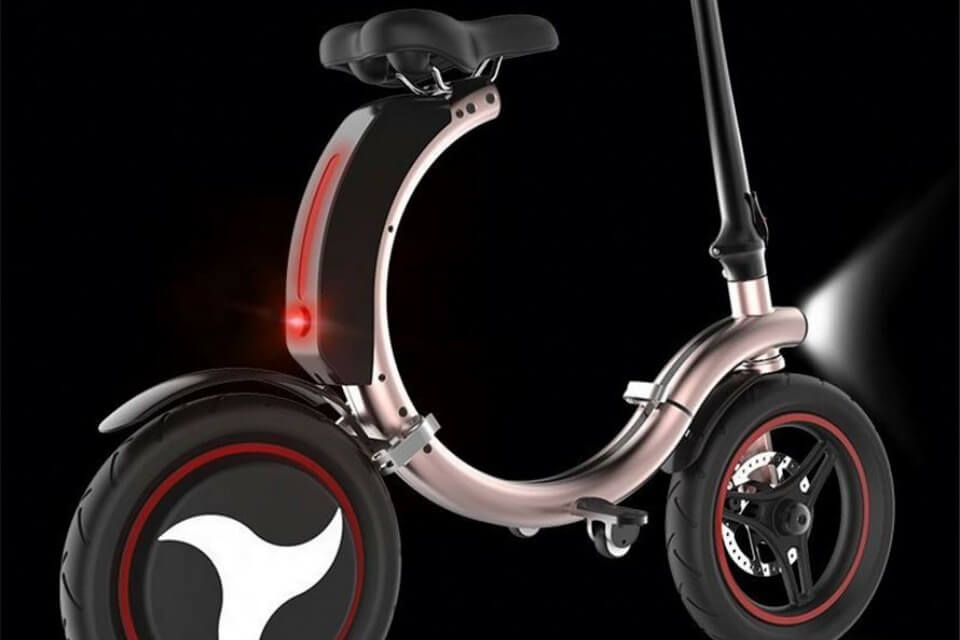
Benefits of High-End E-Scooters
High-end e-scooters offer a multitude of advantages that enhance the overall riding experience, making them a compelling investment for users seeking performance, comfort, and durability.
Enhanced Ride Experience
One of the primary benefits of high-end e-scooters is their superior ride experience, achieved through advanced engineering and design features. Premium models typically include advanced suspension systems and pneumatic tires, which significantly improve ride comfort and control compared to budget options that may lack these enhancements. This focus on comfort allows riders to navigate urban environments with greater ease, ensuring stability and safety, even on uneven surfaces.
Customizable Features
High-end e-scooters often come equipped with integrated app connectivity and customizable ride settings, providing users with a tailored experience. Riders can adjust various parameters such as speed, acceleration, and even ride modes, which can cater to personal preferences or specific riding conditions. This level of customization is usually absent in budget models, where options may be limited, restricting the rider’s ability to optimize their experience.
Long-Term Value
Investing in a premium e-scooter can also yield long-term value due to higher quality materials and construction standards. These scooters are typically built to withstand regular use and various terrains, minimizing the need for frequent repairs or replacements. Their durability often translates into lower maintenance costs over time, making them a wise financial choice for daily commuters.
Safety and Stability
Safety is another critical advantage of high-end e-scooters. Many premium models are designed with enhanced braking systems, such as full hydraulic disc brakes, which provide more reliable stopping power compared to the mechanical brakes found in less expensive alternatives. Additionally, the advanced suspension systems found in these scooters help maintain stability, particularly when negotiating turns or riding over bumps, further reducing the risk of accidents.
Social Benefits
Beyond individual advantages, high-end e-scooters contribute to broader social benefits. By providing a comfortable and efficient mode of transport, they encourage more people to opt for eco-friendly commuting alternatives, reducing reliance on cars and lowering carbon emissions in urban areas. This shift not only promotes sustainability but also fosters a culture of active transportation, which can enhance community engagement and public health.
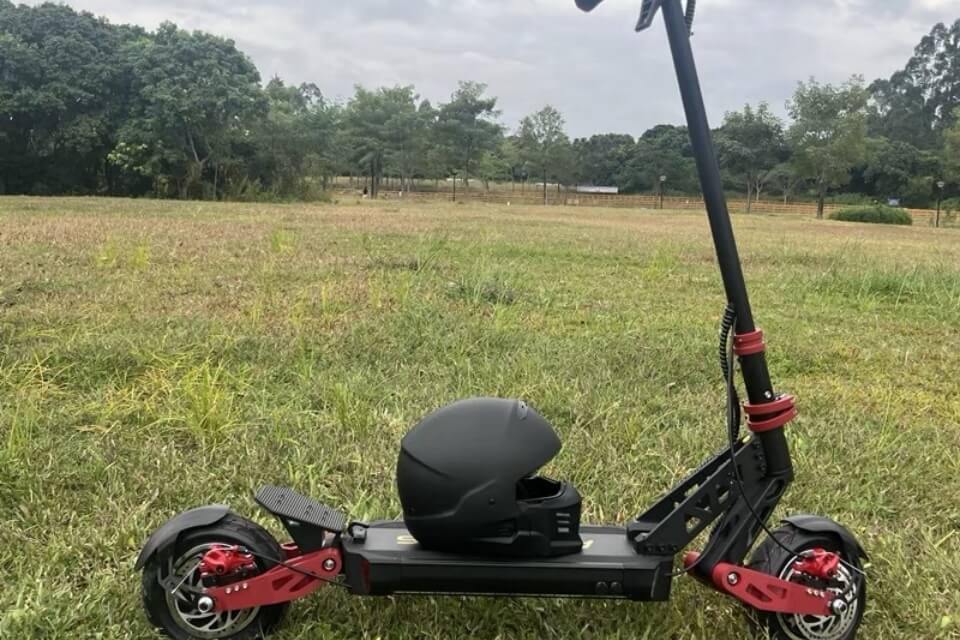
Drawbacks and Considerations
While high-end electric scooters present various benefits, there are also notable drawbacks and considerations that potential buyers should keep in mind before making an investment.
Upfront Costs
One of the primary concerns is the higher upfront costs associated with premium electric scooters compared to traditional models. High-end electric scooters typically come with advanced features and improved performance capabilities, which can significantly inflate their initial price tag. For many consumers, this means evaluating whether the long-term benefits justify the investment, especially if they are on a tighter budget.
Depreciation
Another financial consideration is the depreciation of electric scooters. Unlike traditional assets, electric scooters may decline in value rapidly, often perceived as a liability rather than an investment. This depreciation can be a deterrent for those who are considering the purchase primarily as a financial investment rather than for personal use.
Maintenance and Repair Costs
Though electric scooters generally have lower running costs than their petrol-powered counterparts, maintenance and repair costs can still be significant, especially for high-end models with advanced technology. Issues such as battery replacements or repairs to complex electronic systems can lead to unexpected expenses that might negate some of the long-term savings typically associated with electric scooters.
Performance Limitations
While high-end electric scooters often boast impressive performance metrics, they may not be suitable for all users or environments. Factors such as range limitations, charging times, and the need for regular maintenance can impact their practicality for everyday commuting or long-distance travel. Prospective buyers should carefully assess their intended use to ensure that the scooter meets their needs.
Market Saturation and Choice Overload
The growing diversity in the electric scooter market means that consumers face an overwhelming array of options. This saturation can lead to decision fatigue, making it difficult for potential buyers to select the right model. Additionally, distinguishing between high-quality models and those that merely appear premium can be challenging, requiring careful research and comparison.
Environmental Impact Considerations
Finally, while electric scooters are often promoted as environmentally friendly, their overall sustainability can depend on various factors, including manufacturing processes and battery disposal. Buyers should consider the environmental footprint of their purchase beyond just emissions during use. For instance, the impact of battery production and the recyclability of scooter materials should be factored into the decision-making process.
Consumer Insights
Affordability and Value Proposition
Electric scooters are generally perceived as more affordable compared to electric bikes, dominating the lower end of the price spectrum. This affordability makes them particularly appealing to budget-conscious consumers, including students and urban commuters seeking economical transport options for short city rides. Understanding the cost disparities between various models is crucial for potential buyers, as it highlights the immediate financial investment required alongside the long-term value these products can offer based on features and quality.
Buying Considerations
When purchasing an electric scooter, several factors should be considered to optimize both the investment and riding experience.
Research and Compare: Buyers should distinguish between non-negotiable features and those that are merely desirable. For example, if a long range or dual motor power is essential, it should take priority in the decision-making process.
Evaluate the Market: Each brand and model presents a unique blend of quality and price. Mid-range scooters have gained popularity for their balance of cost-effectiveness and quality, often featuring solid tires and reliable motor power, making them ideal for urban commuting.
Performance vs. Price
In the electric scooter market, performance often correlates with price. High-performance scooters equipped with dual motors and long-range battery capabilities tend to command higher prices due to their advanced technology and build quality. Features like dual disc brakes and adjustable ride modes are increasingly sought after by consumers prioritizing safety and versatility.
Testing has shown that premium models provide a noticeably smoother ride, better handling, and enhanced safety features. For instance, comparisons between budget and high-end scooters reveal significant performance differences, such as top speeds and hill-climbing abilities.
Practical Advice for Consumers
Prospective buyers are advised to consider the following practical steps to ensure a satisfactory purchase:
Test Ride: Always try to test ride a scooter to evaluate its handling and build quality before committing.
Research Reviews: Look for user feedback on platforms such as Trustpilot or Reddit, as real-world experiences can greatly inform potential buyers.
Consider Maintenance Costs: Future repair and parts expenses should factor into the total cost of ownership, where higher initial outlays might save on long-term maintenance stress.
Regulatory Landscape
In the United States, the regulatory framework governing electric scooters (e-scooters) is complex and varies significantly by state and locality. In Wyoming, for instance, there are no specific state laws addressing e-scooter usage, although existing definitions refer to “motorized skateboards.” Consequently, e-scooters likely do not require registration or titling at the state level. This absence of clear regulations allows individual cities, such as Cheyenne, Casper, and Laramie, to establish their own rules for e-scooter operation through shared mobility programs.
Cities often permit e-scooter use on roads and in bike lanes, with restrictions on sidewalk usage. Typically, there is a maximum speed limit of 15 mph imposed for safety reasons. As local authorities continue to assess the implications of e-scooter usage, they are working to craft legislation that promotes responsible riding while ensuring safety on city streets. The evolving regulations are aimed at creating a clearer and safer framework as more municipalities embrace e-scooters as a mode of transportation.
Despite the lack of overarching state legislation, it is important to note that local regulations can vary widely, and the absence of state-level guidelines does not automatically mean that e-scooters are allowed everywhere. Local governments may impose their own restrictions, which can include speed limits, designated riding areas, and age requirements. In cases where local and state regulations do not conflict, the local laws typically take precedence, provided they are justified by the city’s needs.
E-scooter regulations across the country often encompass categories such as registration and insurance, age restrictions, and mandatory safety gear. For example, some regions require riders to be a minimum age, wear helmets, and follow specific traffic laws while riding. Understanding these regulations is crucial for riders to avoid fines and ensure their own safety, as well as that of others around them.





